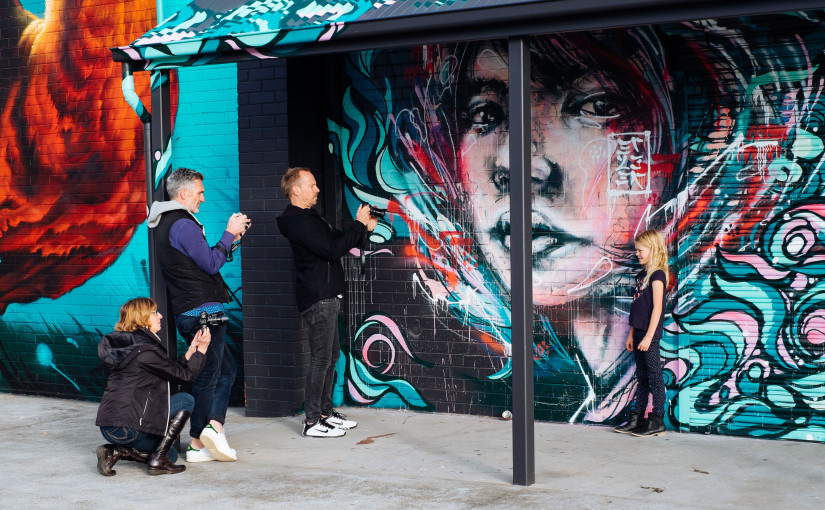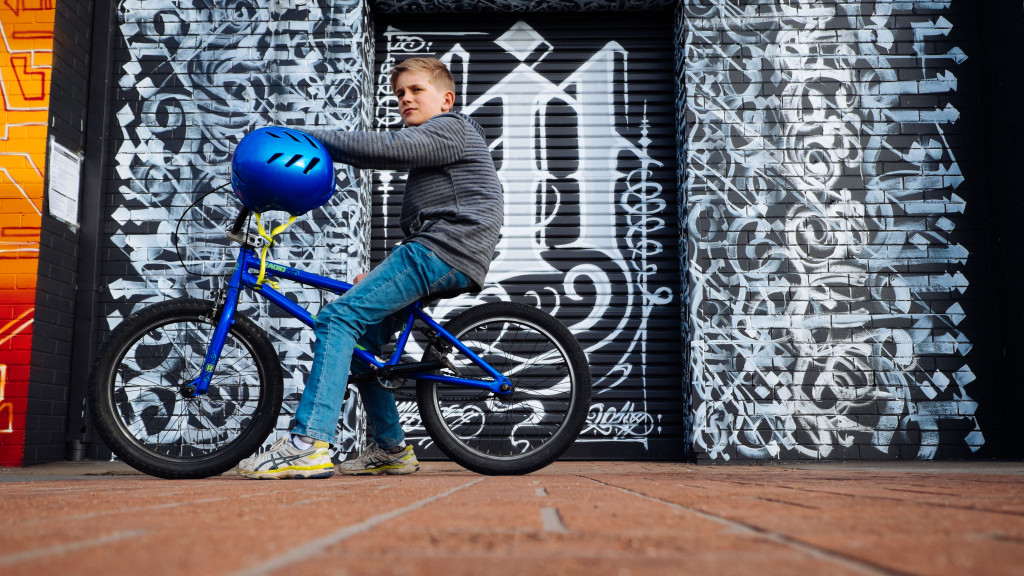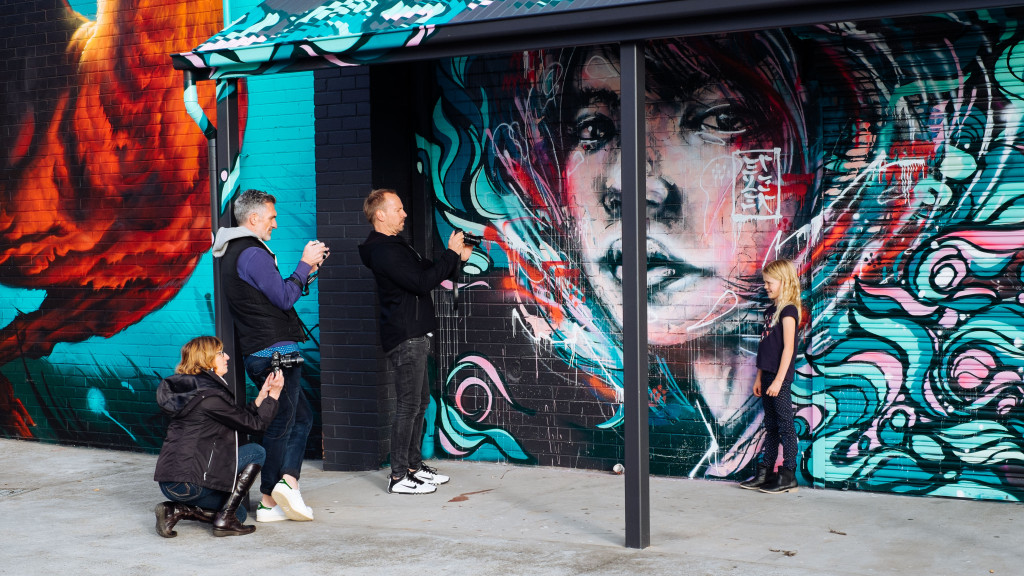If I were to break down my photographic journey, I would say that it has so far consisted of three phases:
Phase 1: I knew nothing, and was happy to admit it. I spent about a year happily asking the dumb questions as I felt this was my right as a newbie.
Phase 2: I didn’t know much, but felt obliged to hide it. I had taken some photos that people liked, had started using Lightroom and suddenly people were asking me questions about how I did things. I was still floundering with my camera, but had become quite adept at hiding that by using presets in Lightroom. But I couldn’t admit that, so I started acting like I knew a lot more than I did and as a result had to stop asking the questions that got me to where I was, and start learning via YouTube, web tutorials and podcasts.
Phase 3: Realised I did know some things, and wanted to share them with other people. I had always had the fear that if I taught somebody my tricks, and showed them my Lightroom presets, then suddenly I would become redundant. Whatever work I had would be snaffled up by the people I had just given my secrets to, and the game would be up. But I eventually came to see that there are quite literally millions of people who know a lot more about photography than me…not many of them are either willing or able to teach this to other people. I’ve spent the last couple of year’s giving workshops on how to shoot and edit videos and they have always been well received…so why not do the same with photography.
And so, I decided to run my first ever photography workshop. Here’s what I learnt.
I’m not a teacher…so I won’t pretend to be one.
There is a great episode of the Simpson’s where Homer gets a job teaching at a local Adult Education Centre and announces to his family ‘Look now that I’m a teacher…I’ve sewn patches on my elbows’ and shows his leather jacket now has tweed patches on the elbows. Marge says ‘Homer, it’s meant to be leather patches on a tweed jacket. You’ve just ruined a perfectly good jacket!’ To which Homer holds up a tweed jacket with two patches cut out of it and says ‘Incorrect Marge. Two perfectly good jackets.’
In other words, in his desperation to become what he thought a teacher was…he was already failing.
So I was pretty determined to just be myself for the workshop. After all, it’s hard enough trying to pretend that you know everything about photography, without trying to pretend that you’re someone else at the same time.
So I basically sat the participants around our dining table and spoke to them as if I was chatting to a friend who had asked about photography. I had a rough outline of what I wanted to cover, but if we disappeared down a rabbit hole for 10 minutes while answering someone’s question…then that was fine.
Do unto others
I’ve done a few photo workshops and my strongest memory is spending at least 70% of the time listening to people either talk about themselves or about how the camera works. I spent precious little time actually using the camera. In fact, one of the guys actually doing the workshop said that he did a half day course when he got the camera, and the only practical thing they did was turn the camera on and off. So I was determined to make my workshop as ‘hands-on’ and practical as possible. When we spoke about ISO, we would take a shot at ISO200 and then without changing anything else, shoot the same shot at ISO1,000 to see the difference. Same with shutter speed, and the same with aperture. Then we would lock one them in and use the other two to get the shot we were after.
For the last hour I roped…OK, paid…my two eldest kids into coming over the (closed on Sundays) Preston Market to act as models while the people in the group took photos.
Admittedly, this is simply the way that I like to learn…but it seemed to go really well.
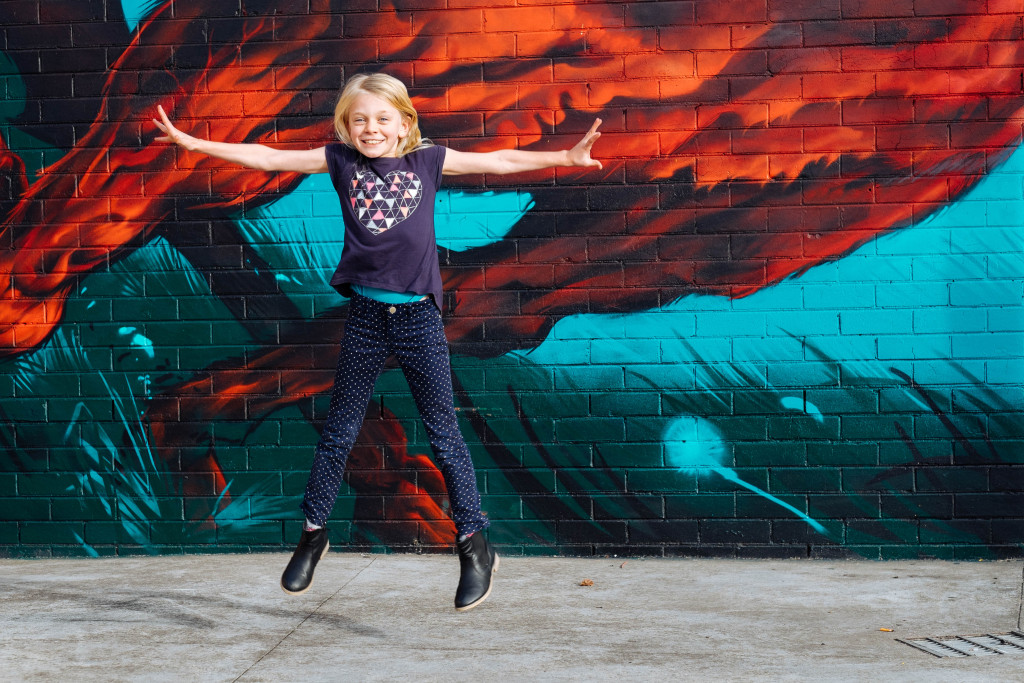
‘Everything is free now…’
One of my favourite Gillian Welch songs is ‘Everything is free’, which starts out:
‘Everything is free now,
That’s what they say.
Everything I’ve ever done,
I’m gonna give it away.
Someone hit the big score.
They figured it out.
That we’re gonna do it anyway,
Even if it doesn’t pay.’
I’ve always thought that it was a treatise on the fact that musicians (or indeed any creative people) are now expected to simply give away what they do for free. Writers, photographers, graphic designers, singers…are all told to give their content to clients on the basis that it will garner them ‘exposure’ (and as my friend Tim Arch always says ‘People die from exposure!’) But implied in Gillian Welch’s song is also the fact that part of the fault lies with the artists, because they love what they do and are going to do it anyway. It’s a bit of sad reflection of where we are as a society. We have become so conditioned to the fact that a ‘job’ is something we do, so that we can afford to do what we really want to do. If you actually enjoy your job, then you’re kind of cheating…and as such, you have to factor this cheating into what you charge for your services. After all, if you’re enjoying it…it’s not really a job!
So deciding what to charge for the workshop was actually a real challenge. After all, I had never done this before, so I probably shouldn’t charge too much…but if it does go well, then I’ve set my precedent for charging already, if people want a follow-up workshop (as has been the case) you can’t really say ‘Yep happy to do another workshop…but now it’s 50% more expensive’.
In the end I charged $110 for a 3 hour workshop. This felt right for my first one…but given how well it went, I think I will probably bump up the price for the next one.
The numbers game
One of my other memories of other photo workshops was of having large groups where vast amounts of time was wasted dealing with the litany of reasons other people’s cameras weren’t doing what they were supposed to. So I was very keen to make sure that I didn’t have more than 4 people in the workshop.
I’m willing to admit that part of the reason for saying that I wanted to keep the numbers low was also that if only one person said they wanted to do the course…then I could say ‘Well that’s great…because I wanted to keep the numbers down.’ Then I could walk to my room, close the door, and cry, and cry, and cry.
In the end I had 3, and this was pretty much perfect. I think that as I do more of them, I will be able to get this up to 5 people…but if there are any more than this, or if there is a big discrepancy in their skill levels, then I think it would be a real struggle to give everyone the attention they deserve.
Traps for young players
Have you ever had that experience of someone with a different phone to you saying ‘I can’t work out how to get to my photos, can you help?’ and then spending the next 10 minutes desperately trying to navigate your way around a device you’ve never used before muttering ‘Why the hell is that there? Who designed this menu?! Oh God, what did I just delete?!!!’ Well now imagine doing this in front of three strangers who had paid for the privilege. Let me assure it’s not fun. Obviously the more of these I do, the more adept I will become at navigating around the various menus of the various camera brands without swearing or saying ‘Look I think I’ve just broken that…how about you just shoot on your phone for the rest of the workshop?’
I was genuinely worried that I wouldn’t be able to fill in 3 hours with the basics of photography…but I soon discovered that for every 15 minute segment I had prepared, there were at least 5 half hour long rabbit holes that I could fall down if I wasn’t careful (‘So that’s how you can get more light into your photo using ISO/exposure/Aperture. But you could also use flash [blah, blah, blah]…and if you are using flash you can use on-camera or off-camera flash [blah, blah, blah]…and then you need to think about using diffusers [blah, blah, blah]…and speaking of diffusers [blah, blah, blah]…oh sorry, our three hours is up.’)
So, know your audience, tailor the information to them and then stick to it. People who are looking to move beyond using the automatic settings on their DSLR are not interested in a 10 minute investigation of the inverse square law.
Ask for feedback after the workshop. This doesn’t mean saying ‘Did you guys like it?’ as you usher them out the door. It means actually following up with them a day or two after the workshop with a few basic questions, and making sure they feel comfortable telling you the truth (and trying to not get too hurt if they have some negative feedback). If you want to do this again, you need to know what worked and what didn’t…and then fine tune your next workshop accordingly.
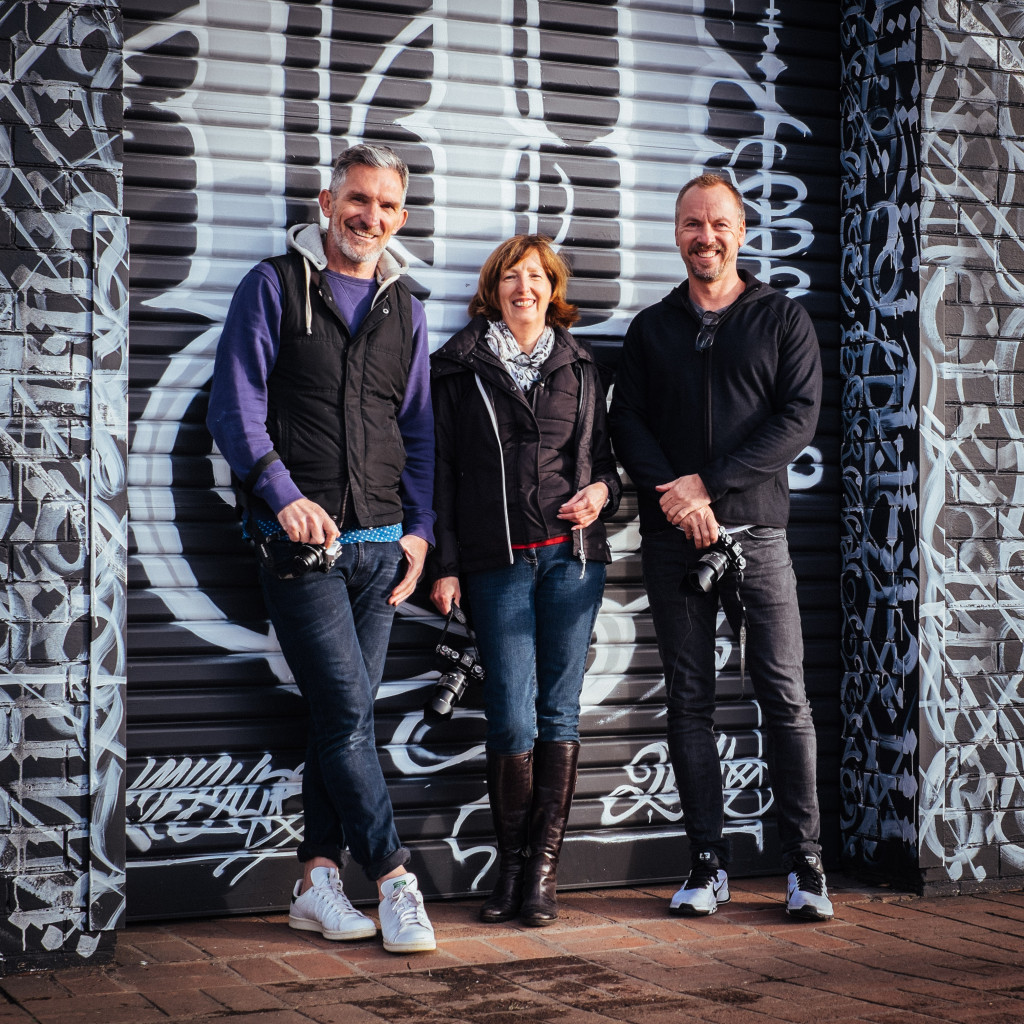
So in conclusion
When I think back over the last 7 years of taking photos, there have been quite a few ‘Aha!’ moments…but they are usually interspersed with months of ‘Blah’ moments where you feel as though you’re just treading water. So doing a workshop with people who are just starting with their DSLR is kind of rewarding in that you suddenly get to realise how far you’ve come and how much you’ve learnt.
I also realised that when I was just starting to throw myself into learning about photography, I was really looking for someone who could mentor and guide me through to the next level. So it was really nice to be that person to somebody else.
But if you’re not the sort of person who likes to stand in front of complete strangers and talk to them for 3 hours…then there are probably easier ways to make your money.
Last but not least, if your wife is willing to bake a cake, and the participants are a really great group of people, and you have access to a coffee machine, and the weather Gods shine on you, and you do a lot of preparation, and you have kids who are willing to model for you, and a local bingo hall has recently been covered in art-work…it really helps!
And of course…if you are interested in taking the first step away from the ‘auto’ settings on your camera…let me know.
